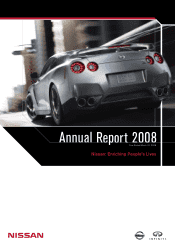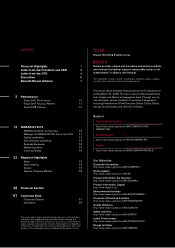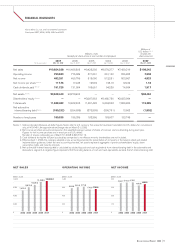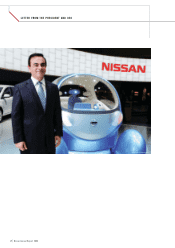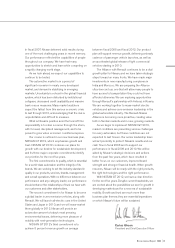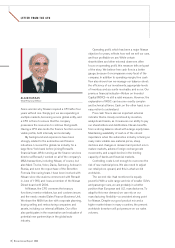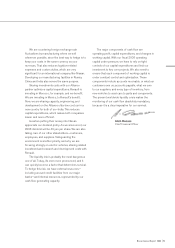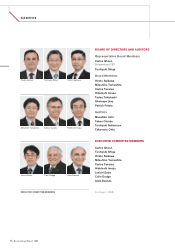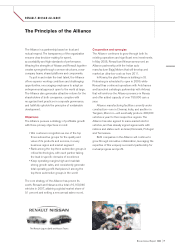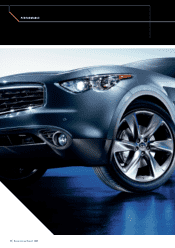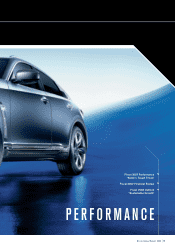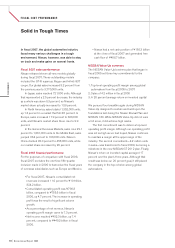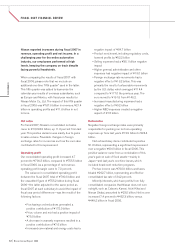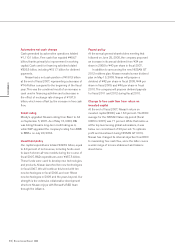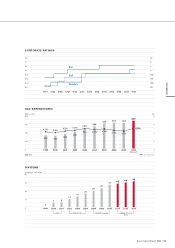Nissan 2008 Annual Report Download - page 7
Download and view the complete annual report
Please find page 7 of the 2008 Nissan annual report below. You can navigate through the pages in the report by either clicking on the pages listed below, or by using the keyword search tool below to find specific information within the annual report.
5
Nissan Annual Report 2008
We are countering foreign exchange rate
fluctuations by manufacturing where we sell
whenever possible, since the best way to hedge is to
keep your costs in the same currency as your
revenues. That also reduces logistics-related
expenses and custom duties, which are very
significant for an international company like Nissan.
Developing our manufacturing facilities in Russia,
China and India also serves the same purpose.
Sharing investments costs with our Alliance
partner optimizes capital expenditures. Renault is
investing in Morocco, for example, and we benefit.
We are investing in Mexico, to Renault’s benefit.
Now, we are sharing capacity, engineering, and
development on the Alliance ultra-low-cost car in a
new country for both of us—India. This reduces
capital expenditures, which makes both companies
leaner and more efficient.
Investors putting their money into Nissan
appreciate our dividend policy. As we announced, our
2008 dividend will be 42 yen per share. We are also
taking care of our other stakeholders—customers,
employees, and suppliers. Safeguarding the
environment is another priority, and why we are
focusing strongly on electric vehicles, sharing related
investment and research and development costs with
Renault.
The liquidity risk is probably the most dangerous
one of all. Today, it’s even more pronounced, and it
can quickly become a factor that determines survival.
To hedge this risk, we have external resources—
including unused credit facilities from our major
banks—and internal resources, represented by our
cash flow generating capacity.
The major components of cash flow are
operating profit, capital expenditures, and changes in
working capital. With our fiscal 2008 operating
capital under pressure, we have to rely on tight
controls of our capital expenditures and limit our
investment to key core projects. We also need to
ensure that each component of working capital is
under constant control and optimization. These
components include accounts receivable, or what our
customers owe us; accounts payable, what we owe
to our suppliers; and every type of inventory, from
new vehicles to used cars to parts and components.
The present worldwide liquidity crisis makes the
monitoring of our cash flow absolutely mandatory,
because it is a clear imperative for our survival.
Alain Dassas
Chief Financial Officer

